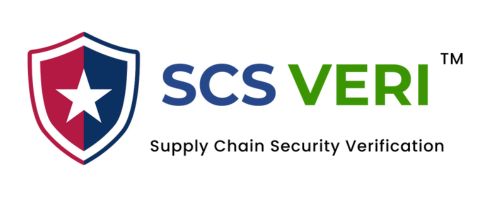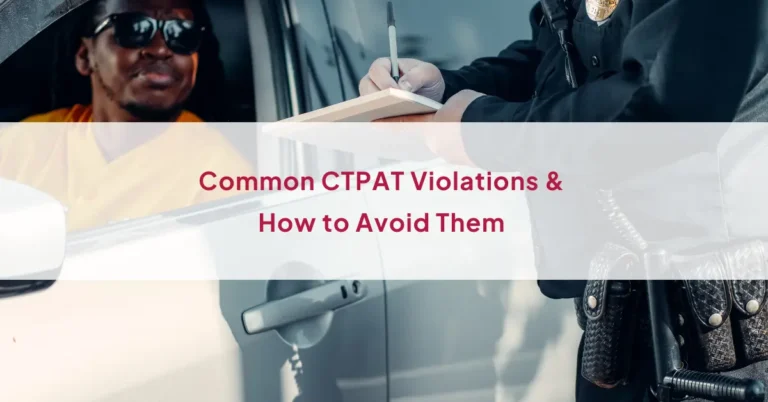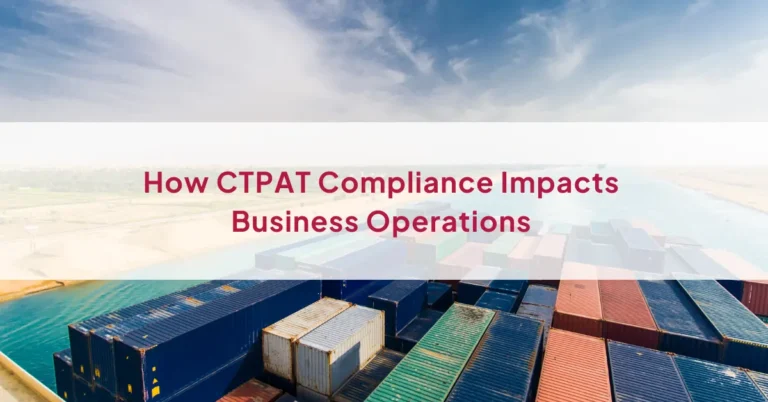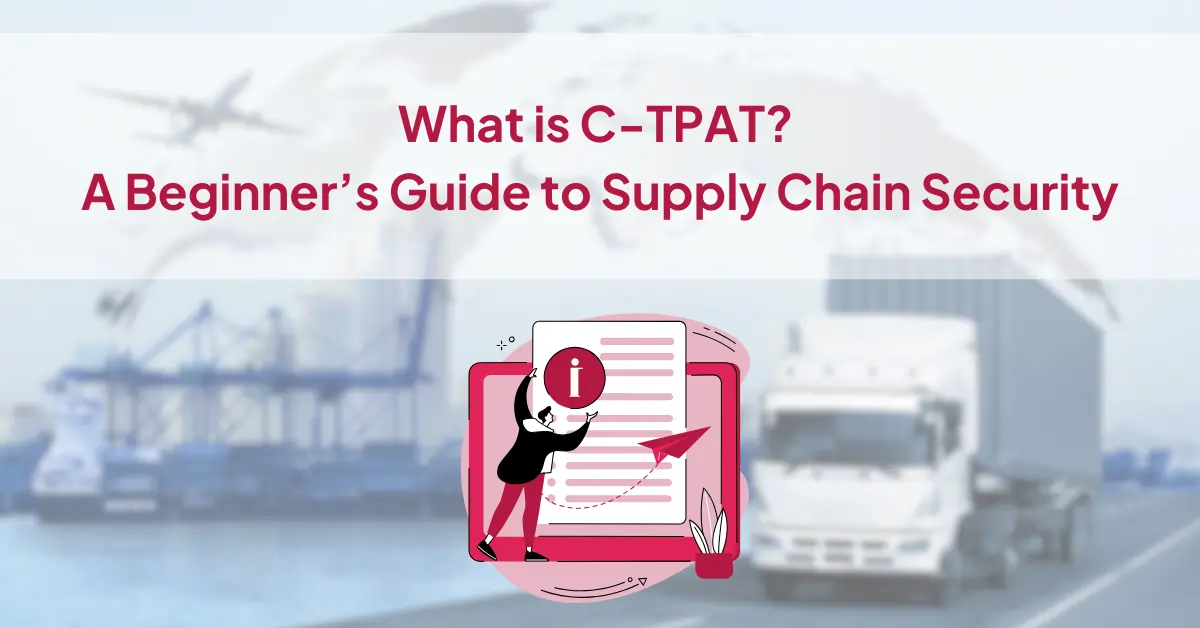
In a world where international trade moves at lightning speed, one crucial factor often determines whether goods make it to their destination on time and without trouble: supply chain security. That’s where CTPAT comes in.
If you’re new to global logistics or just starting to export to the U.S., understanding CTPAT (Customs Trade Partnership Against Terrorism) is essential. This guide breaks it down in simple terms and shows how it can benefit your business.
What is CTPAT ?
CTPAT is a voluntary supply chain security program led by U.S. Customs and Border Protection (CBP). It was launched after 9/11 to enhance the security of goods entering the United States while maintaining the smooth flow of global trade.
Under this program, businesses work closely with CBP to identify, address, and eliminate security vulnerabilities in their supply chains. In return, CTPAT members receive several benefits that improve shipping efficiency and reduce risks.
If your business is part of the global supply chain and you export goods to the U.S., joining CTPAT shows your commitment to secure and responsible trade practices.
Why is Supply Chain Security Important ?
Global trade routes are long and complex, involving many players and processes. Along the way, cargo can be exposed to threats like theft, tampering, smuggling, or terrorism.
CTPAT helps businesses reduce these risks by encouraging them to adopt strict security measures—from physical site protection to cyber hygiene and personnel screening. It’s not just about avoiding delays—it’s about protecting, your reputation, and your customers.
Key Security Criteria in CTPAT
When a company joins CTPAT, it must meet a detailed set of security criteria. These include:
What Are the Benefits of CTPAT ?
Becoming CTPAT certified offers real advantages to companies trading with the U.S :
How to Get Started with CTPAT
How RSJ Inspection Helps with CTPAT Readiness
At RSJ Inspection, we specialize in helping businesses prepare for CTPAT participation and audits. Whether you’re just starting or need to upgrade your security protocols, we offer:
Our goal is to make CTPAT compliance simple, achievable, and valuable for your business.
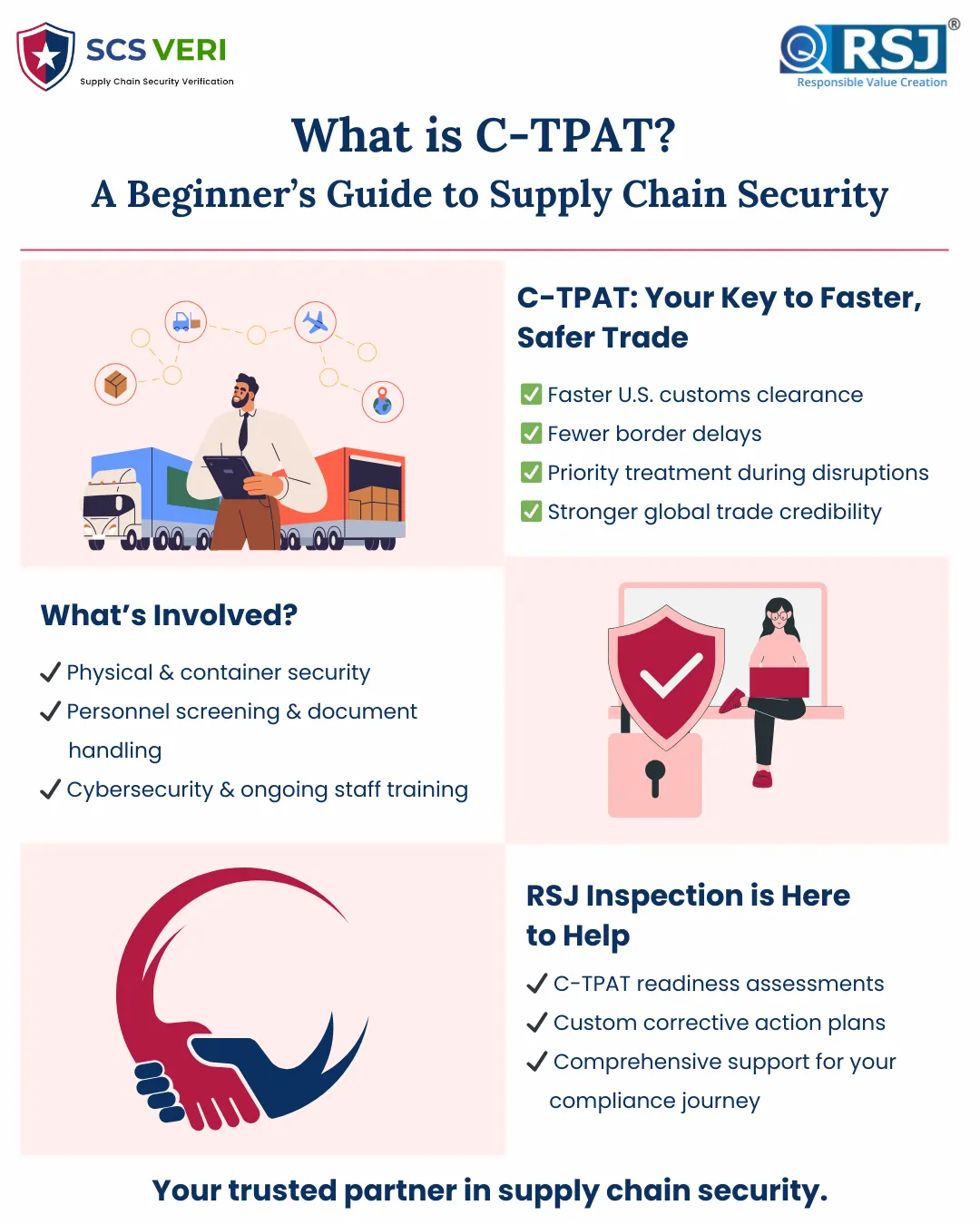
CTPAT isn’t just for large corporations — it’s a powerful tool for any company committed to safe, reliable, and trusted international trade. By joining CTPAT, you’re not only protecting your facility but also building a stronger, more competitive business.
Ready to strengthen your global trade operations?
Let RSJ Inspection guide you through your CTPAT journey with expert support every step of the way.
